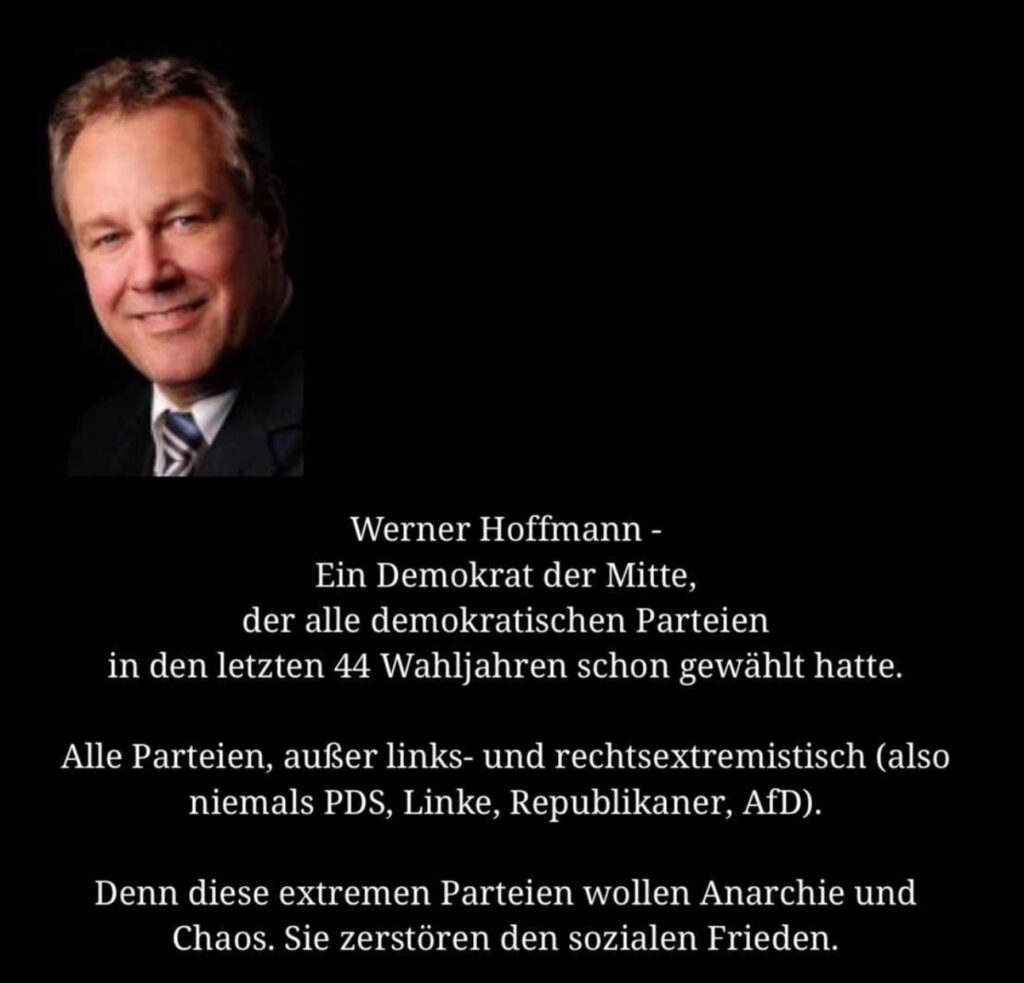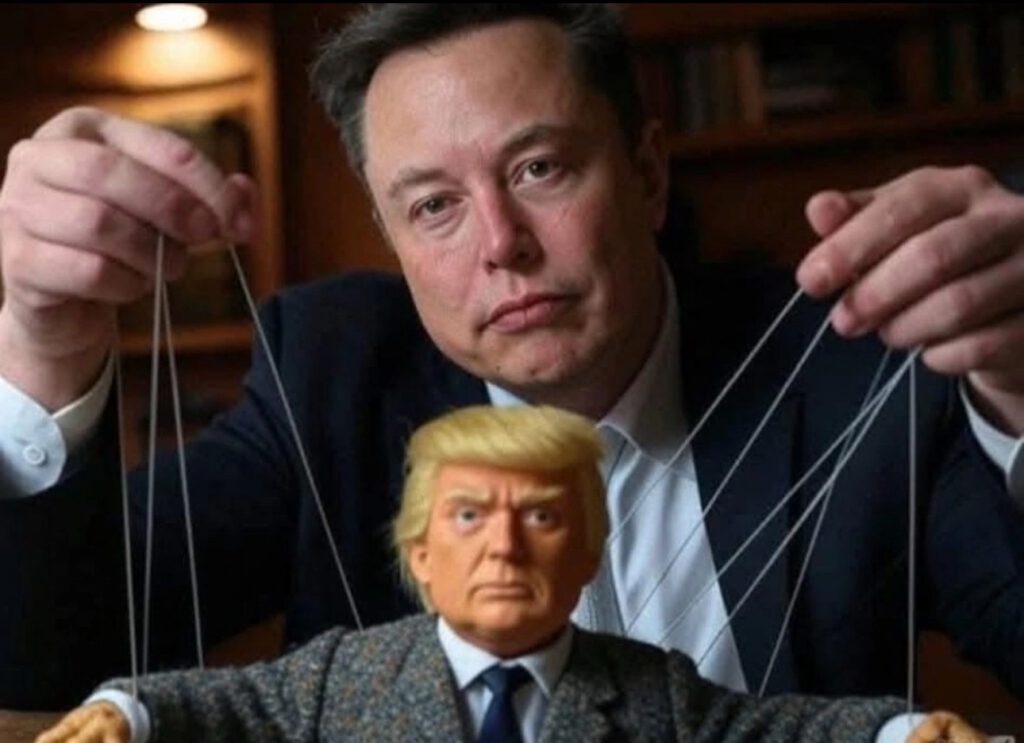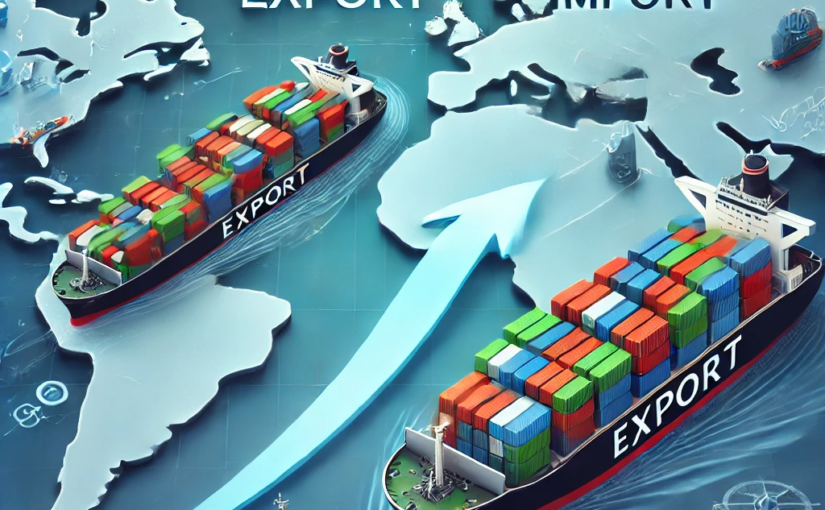
– Democracy of the Center, because extreme wings destroy the country –

Nobel Prize-Winning Economist Warns of Trump’s Economic Strategy
With bold slogans and grand promises, Donald Trump once again secured the U.S. presidency. While his campaign mantra, “Make America Great Again,” pledges economic prosperity, leading economists warn that the country might instead be heading toward serious financial trouble.
One of the most vocal critics of Trump’s economic policies is Joseph Stiglitz, a Nobel Prize-winning economist and professor at Columbia University. According to Stiglitz, Trump’s tariff policies could significantly increase inflation and weaken the U.S. economy in the long run.
Trump’s Tariffs: A Threat to Growth and Investment
Before Trump’s re-election, many experts had already voiced concerns about his protectionist trade policies. Now, those fears seem to be materializing. Trump has implemented steep tariffs, particularly on trade with China and the European Union. While these measures are meant to protect American industries, Stiglitz warns they may do more harm than good:
• Rising Inflation: Higher import tariffs drive up the cost of goods for American consumers, increasing inflation.
• Declining Foreign Investment: Uncertainty over long-term trade relations discourages international investors.
• Sluggish Job Growth: Higher production costs could force companies to cut jobs or relocate overseas.
“If the U.S. government tears up trade agreements arbitrarily, businesses will ask themselves: ‘Do we really want to invest here?’” says Stiglitz. This uncertainty could reduce America’s attractiveness to global corporations.
Real-World Example: How Trump’s Tariffs Increase Production Costs
A practical example illustrates the impact of Trump’s tariffs on businesses. Consider the journey of imported steel used in automobile manufacturing and how tariffs affect the final cost of a car.
Without Tariffs:
A company imports $1 million worth of steel into the U.S. Since there are no import duties, the cost remains the same. The steel is then processed in the U.S., increasing its value by 120%, bringing it to $2.2 million. The processed steel is then exported to Mexico, where it undergoes further processing in car manufacturing. The additional 180% value increase brings the cost to $6.16 million. When the finished car is imported back to the U.S., there are no additional tariffs, so the final cost remains $6.16 million.
With Trump’s Tariffs:
A 25% tariff is applied to the initial steel import, immediately raising its cost to $1.25 million. After a 120% value increase in the U.S., the new price reaches $2.75 million. The steel is then exported to Mexico, where it undergoes a 180% value increase, raising the price to $7.7 million. When the finished car is reimported to the U.S., an additional 25% tariff is applied, bringing the total cost to $9.63 million.
This example highlights how Trump’s protectionist policies drive production costs up by $3.47 million, a burden that ultimately affects companies and consumers.
Is Stagflation Looming for the U.S.?
According to Joseph Stiglitz, Trump’s economic policies could lead the U.S. into a “stagflation” crisis—a rare but particularly dangerous scenario where high inflation coincides with stagnant economic growth. This could push the American economy into one of its most severe downturns in decades.
The primary factors contributing to this risk include:
• Higher production costs due to tariffs
• Trade wars reducing U.S. export markets
• Decreasing investor confidence due to unpredictable economic policies
If Trump continues on this course, the U.S. economy could face significant challenges in the coming years.
Conclusion: The Risks of Trump’s Economic Policies
While Trump promotes his economic policies as a way to protect American industries, renowned experts like Joseph Stiglitz warn of severe long-term consequences. Trade wars, tariffs, and unpredictable policy shifts could deter investment and push the U.S. into economic instability.
The steel and automobile industry example demonstrates how protectionist measures significantly inflate production costs. Without tariffs, businesses could operate more efficiently and remain globally competitive. However, under Trump’s policies, rising costs could harm both corporations and American consumers.
If Stiglitz’s predictions prove correct, Trump’s economic strategy may ultimately weaken the U.S. economy and disrupt global trade—leading to severe consequences for businesses, investors, and everyday Americans.


